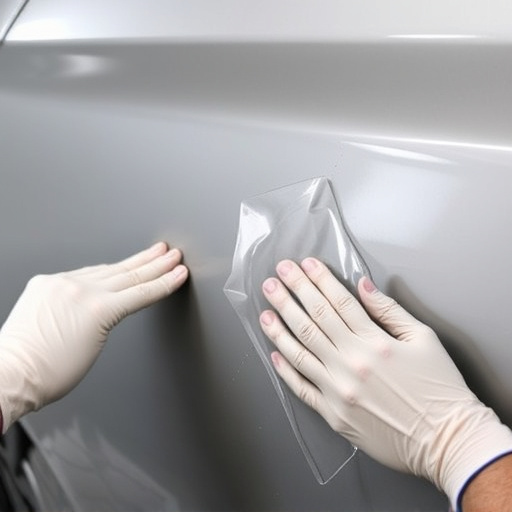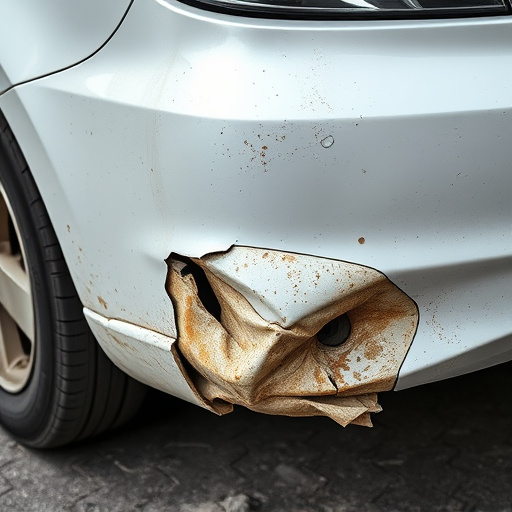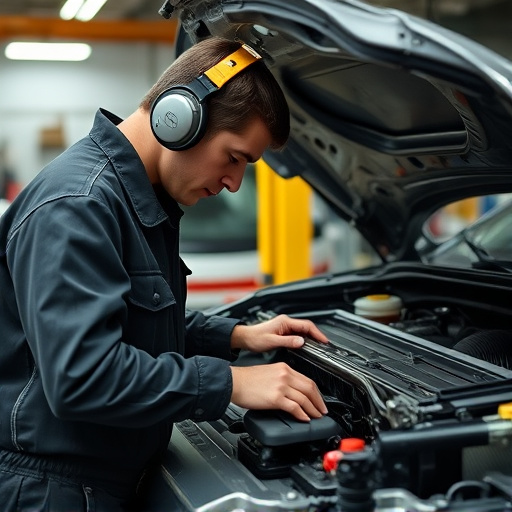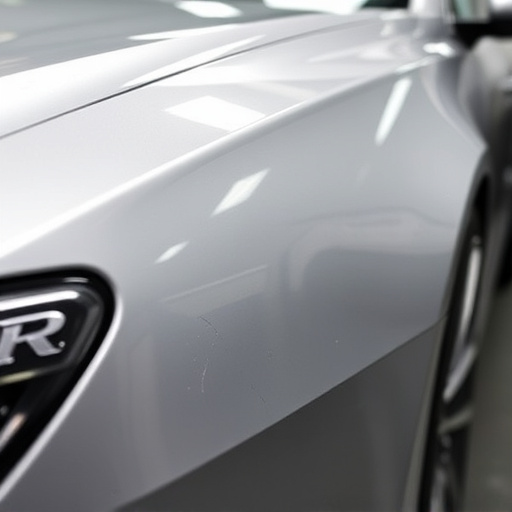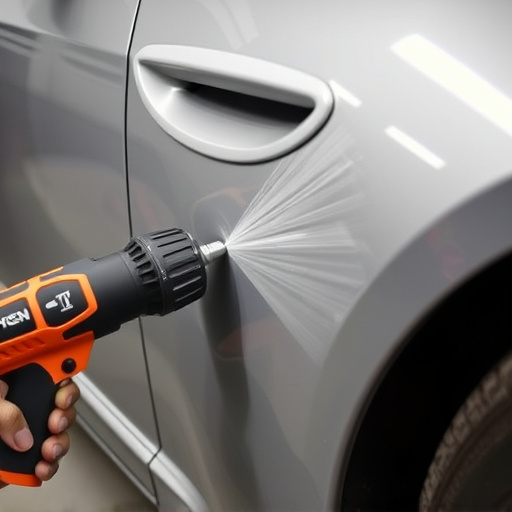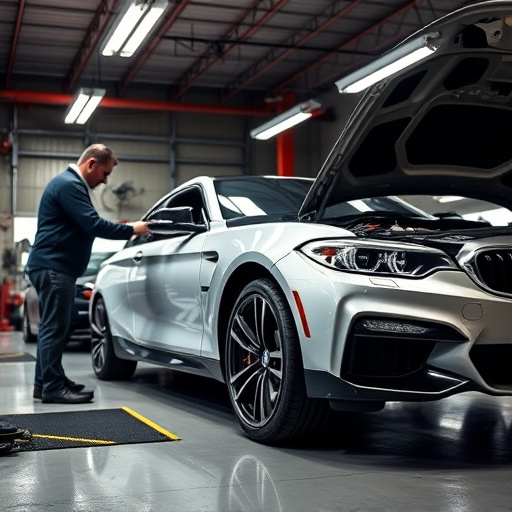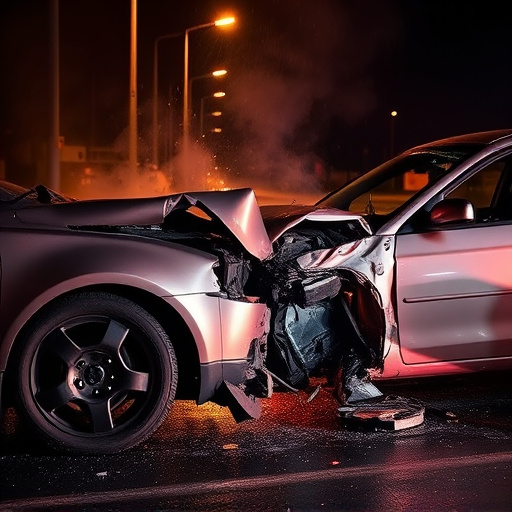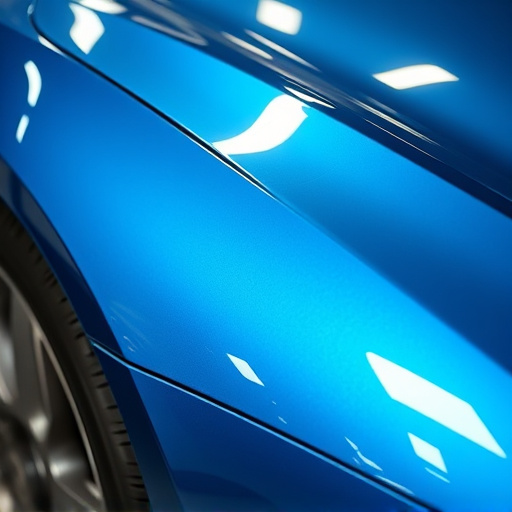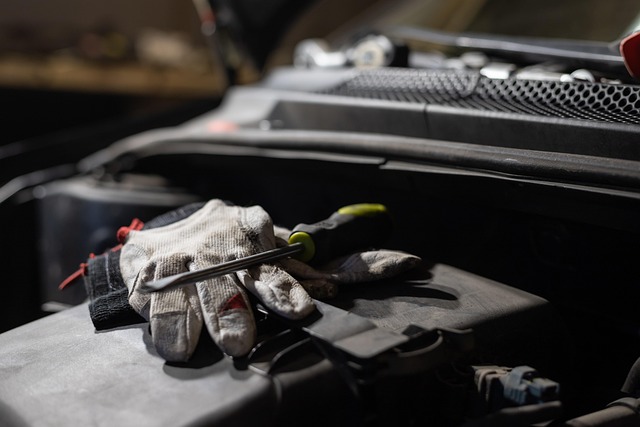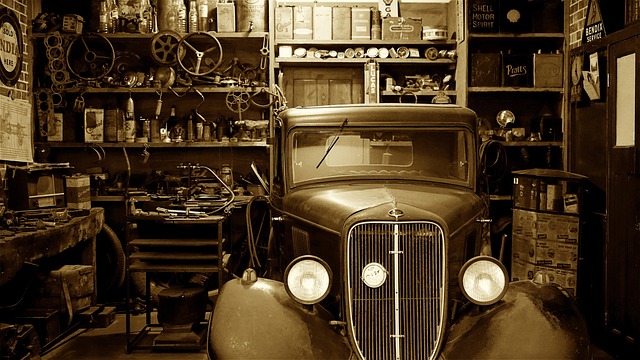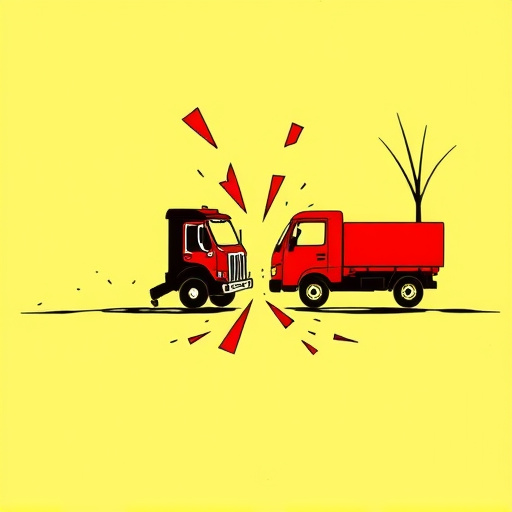Auto glass installation requires strict adherence to safety standards and protocols by certified technicians for driver and passenger protection. This involves rigorous testing for strength, impact resistance, and clarity, along with precise sealing and alignment techniques during installation. Specialized training ensures competent installers can address various challenges, from cutting to structural integrity checks, fostering a safer driving experience.
Auto glass installation is a critical process that requires adherence to stringent safety standards. Ensuring these standards are met is a collective responsibility involving various stakeholders. This article delves into the intricate world of auto glass safety regulations, exploring who oversees the installation processes and the importance of certification and training in ensuring quality. Understanding these key factors is essential for maintaining safety on the roads and enhancing vehicle performance.
- Understanding Auto Glass Safety Regulations
- Who Oversees Installation Processes?
- Ensuring Quality: Certification and Training
Understanding Auto Glass Safety Regulations
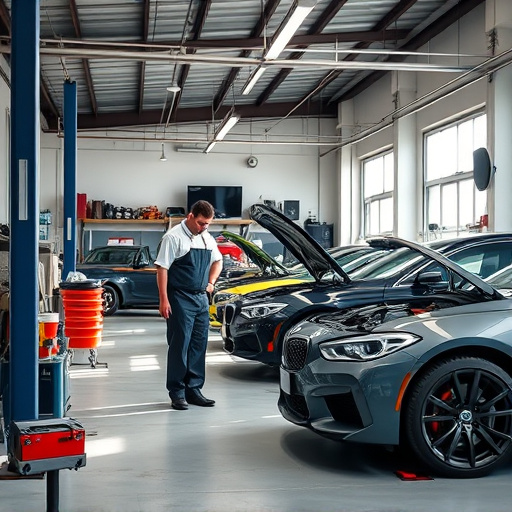
Auto glass installation is subject to stringent safety regulations designed to protect drivers and passengers. These standards are enforced by various automotive and regulatory bodies, ensuring that every component, including windshields, side windows, and rearview mirrors, meets specific criteria for strength, impact resistance, and clarity. Compliance with these regulations is vital not just for legal reasons but also for ensuring the safety of everyone on the road.
Understanding auto glass safety regulations involves knowing the different types of tests glass must undergo, such as scratch resistance, UV protection, and penetration resistance in case of a break. Moreover, it’s crucial to comprehend the importance of proper installation techniques, including sealing and alignment, which directly impact the overall structural integrity of the vehicle during a car collision repair or dent repair incident. Adherence to these standards guarantees that auto glass not only meets but exceeds safety expectations, fostering a safer driving environment.
Who Oversees Installation Processes?

When it comes to ensuring auto glass installation meets safety standards, several key players are involved. The process is typically overseen by specialized technicians or mechanics who have undergone extensive training in automotive repair and glass installation. These professionals are responsible for adhering to strict industry guidelines and safety protocols during every step of the auto glass replacement or repair process.
In many cases, collision repair services centers employ these skilled technicians as part of their comprehensive car repair services offerings. Their expertise extends beyond simply swapping out cracked or damaged glass; they also inspect frames for integrity and ensure proper alignment to prevent future issues. This meticulous attention to detail is crucial in maintaining the structural integrity of a vehicle and ensuring the safety of drivers and passengers.
Ensuring Quality: Certification and Training
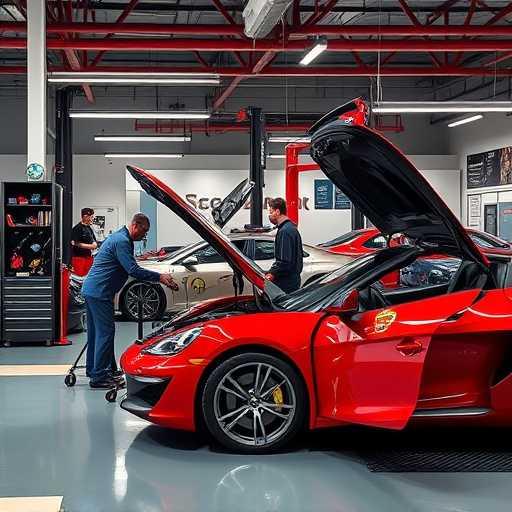
Ensuring quality in auto glass installation is paramount to safety and driver protection. Certified technicians undergo specialized training to master the art of fitting glass seamlessly into a vehicle’s frame, ensuring structural integrity. This rigorous process involves learning about different types of glass, their properties, and how to use advanced tools for precise cuts and installations. By adhering to strict standards, these professionals guarantee that the replacement glass not only matches the original specifications but also provides the necessary safety features, such as impact resistance and clear visibility.
Certification programs play a crucial role in this regard, as they verify the competence of installers. These programs often include practical assessments and knowledge tests, ensuring that technicians stay updated with industry advancements and best practices. Proper training equips them to handle various challenges, from measuring and cutting glass accurately to addressing potential issues like water intrusion or improper sealing. With their expertise, certified installers can offer not just auto glass installation but also comprehensive services like car paint repair and car dent removal, ensuring the vehicle’s overall restoration and safety.
Auto glass installation is a critical process that requires adherence to stringent safety standards. This ensures not only the protection of drivers and passengers but also prevents accidents. Various organizations, such as the National Highway Traffic Safety Administration (NHTSA), play a pivotal role in overseeing these regulations. Certified technicians, trained in the latest installation methods, are responsible for upholding quality and safety during every step of the process. By following these guidelines, we can ensure that auto glass installations are not only secure but also meet the highest industry standards.
